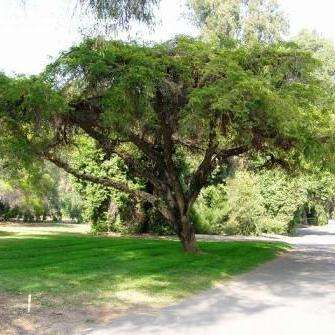
10 Acacia sieberiana var. woodii Seeds - Paperbark Thorn - Indigenous South African Native Tree
Check my rate
| Main centres: | 1-3 business days |
| Regional areas: | 3-4 business days |
| Remote areas: | 3-5 business days |

| Main centres: | 1-3 business days |
| Regional areas: | 3-4 business days |
| Remote areas: | 3-5 business days |
Common Name: Paperbark Thorn
Acacia is a large genus, in the Fabaceae family, that contains over 1200 species of trees and shrubs from warm climates. Some are deciduous but most are evergreen. Over 700 species are native to Australia. There are 40 species, subspecies and varieties of Acacia indigenous to South Africa. They range from low-growing shrubs to tall trees and many have been introduced to other countries for economic and ornamental purposes. Acacias are also common in tropical and subtropical Africa; most African species are characterized by vicious spines and referred to as ‘thorn trees’. The name Acacia is derived from "akis" meaning a point or barb. The flowers, ranging from deep golden yellow to cream or white, and crowded into globular heads or cylindrical spikes, are often fragrant and produce abundant, bee-attracting pollen. The fruit of Acacias are either round or flattened pods. They do well in most parts of South Africa, and resist all but the severest frosts. Many of them make suitable bonsai candidates. The hard coated seeds remain viable for up to 30 years. They should be treated by heating and soaking for germination in spring. They do best in full sun and well-drained soil. Acacia sieberiana var. woodii has a magnificent, widely spreading, flat crown of deep green, feathery foliage and attractive creamy-tan to yellow-brown corky bark, which makes this an easy tree to identify. The flaky, papery bark peels off in flattish strips, revealing a yellow underbark. Balls of creamy to pale yellow scented flowers are borne in spring to summer. Paired thorns are, strong, straight and white. You're buying a pack of 10 Seeds Growing Instructions will be sent to your email. |